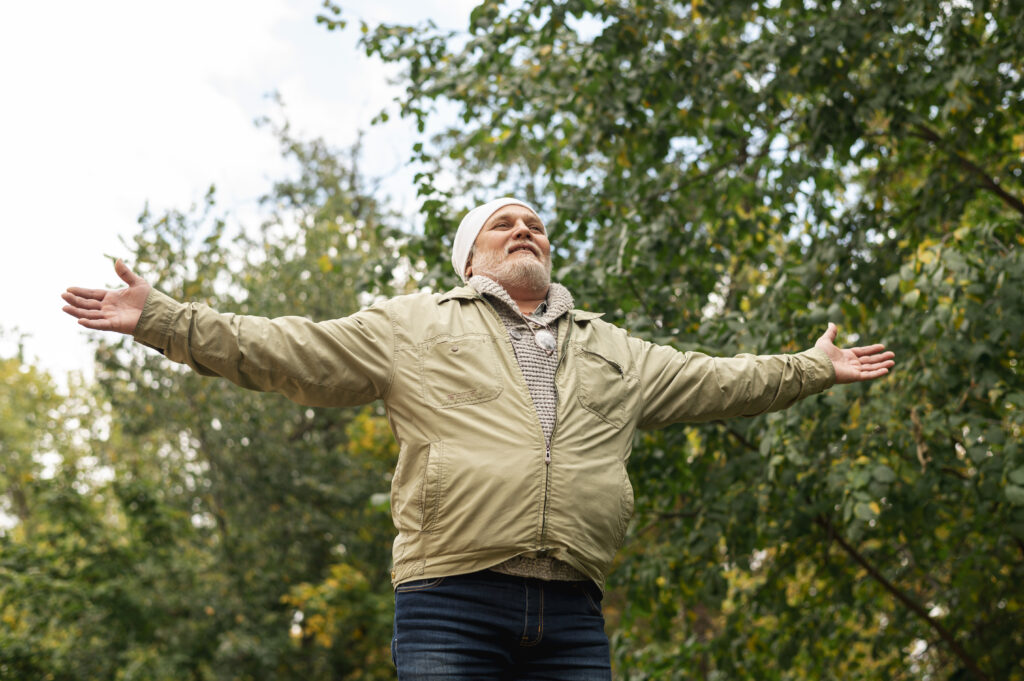Caregiving, whether for a loved one or as a professional, is a noble and fulfilling role that often comes with challenges. One of the most effective ways to enhance the caregiving experience and improve the quality of life for both caregivers and care recipients is by integrating joyful activities into the daily routine. These activities not only bring happiness but also offer significant physical, emotional, and cognitive benefits.
In this blog, we will delve into various strategies and ideas for creating joyful activities in caregiving. We will also provide keyword suggestions to enhance the searchability of your content and suggest an image idea at the end to visually complement the theme.

The Importance of Joyful Activities in Caregiving
Before we dive into specific activities, it’s important to understand why incorporating joy into caregiving is essential:
Reducing Stress: Joyful activities help lower stress levels for both caregivers and care recipients, fostering a more positive environment.
Improving Mental Health: Engaging in fun and stimulating activities can boost mood and mental well-being.
Strengthening Bonds: Shared joyful experiences enhance the emotional connection between caregivers and care recipients.
Promoting Physical Health: Activities that involve movement can help maintain or improve physical health.
Enhancing Cognitive Function: Stimulating activities support cognitive health, which is particularly beneficial for individuals with conditions like dementia.

Tailoring Activities to Individual Interests and Abilities
To create truly joyful activities, it’s essential to consider the individual interests, preferences, and abilities of the care recipient. Personalized activities are more likely to be engaging and meaningful.
Music Therapy: Listening to favorite songs, singing along, or playing simple instruments can be incredibly uplifting. Music has been shown to have therapeutic benefits, especially for individuals with dementia. It can trigger memories and emotions, providing comfort and joy.
Art and Craft Projects: Simple art projects like painting, drawing, or crafting can be both relaxing and stimulating. These activities allow for creativity and self-expression, which can be very rewarding.
Gardening: Gardening is a wonderful activity that can be adapted to various abilities. Whether it’s planting flowers, tending to a vegetable garden, or simply arranging potted plants, gardening provides physical activity and a sense of accomplishment.
Group Games and Puzzles: Board games, card games, and puzzles are great for social interaction and cognitive stimulation. Choose games that are appropriate for the cognitive and physical abilities of the participants.
Book Clubs and Reading Sessions: Reading a book together or discussing a favorite book can be very enjoyable. This can be done one-on-one or in a small group, fostering a sense of community and shared interests.
Movie Nights: Watching classic movies or favorite films can be a fun and relaxing activity. It can also spark conversations and reminiscence, which is particularly beneficial for those with memory impairments.
Dancing: Whether it’s a dance class, a dance party, or simply moving to favorite tunes, dancing is a fun way to get some exercise. It also encourages social interaction and can lift spirits.
Chair Exercises: For those with limited mobility, chair exercises can be a great way to stay active. These can include stretches, leg lifts, and arm movements, promoting physical health without straining the body.
Walks and Nature Outings: Walking, whether around the neighborhood or in a local park, provides physical exercise and an opportunity to enjoy the outdoors. It can be a peaceful and refreshing activity.
Aromatherapy: Using essential oils or scented candles can create a relaxing atmosphere. Scents like lavender and chamomile are known for their calming effects and can be soothing for both the caregiver and care recipient.
Sensory Bins: Fill bins with different textured items like rice, beans, or soft fabrics. Let the care recipient explore these textures with their hands, which can be very engaging and soothing.
Hand Massages: Gentle hand massages with lotion can be very soothing and provide a sense of comfort and connection. This simple act can significantly reduce stress and promote relaxation.
Caregivers also need activities to prevent burnout and maintain their own well-being. Here are some ideas:
Mindfulness and Meditation: Practicing mindfulness and meditation can help reduce stress and improve emotional resilience. These practices can be done individually or in a group setting.
Support Groups: Joining a support group provides a space to share experiences and gain support from others in similar situations. This can be very beneficial for emotional well-being.
Hobbies and Personal Time: It’s important for caregivers to have their own hobbies and personal time to recharge. This could be reading, gardening, or any activity that brings joy.

Image by KamranAydinov on Freepik
Tips for Implementing Joyful Activities
Plan Ahead: Having a schedule of activities can provide structure and something to look forward to.
Be Flexible: Be prepared to adapt activities based on the care recipient’s mood and energy levels.
Include Variety: Mix different types of activities to keep things interesting and engaging.
Encourage Participation: Involve the care recipient in choosing and planning activities to ensure they are interested and willing participants.
Celebrate Small Wins: Acknowledge and celebrate small achievements and moments of joy.
Conclusion
Creating joyful activities in caregiving is about more than just passing the time—it’s about enhancing the quality of life for both caregivers and care recipients. By incorporating personalized, engaging, and enjoyable activities into the caregiving routine, we can foster a more positive and fulfilling caregiving experience. Remember, the goal is to create moments of joy, connection, and well-being, making the caregiving journey a more rewarding one for everyone involved.